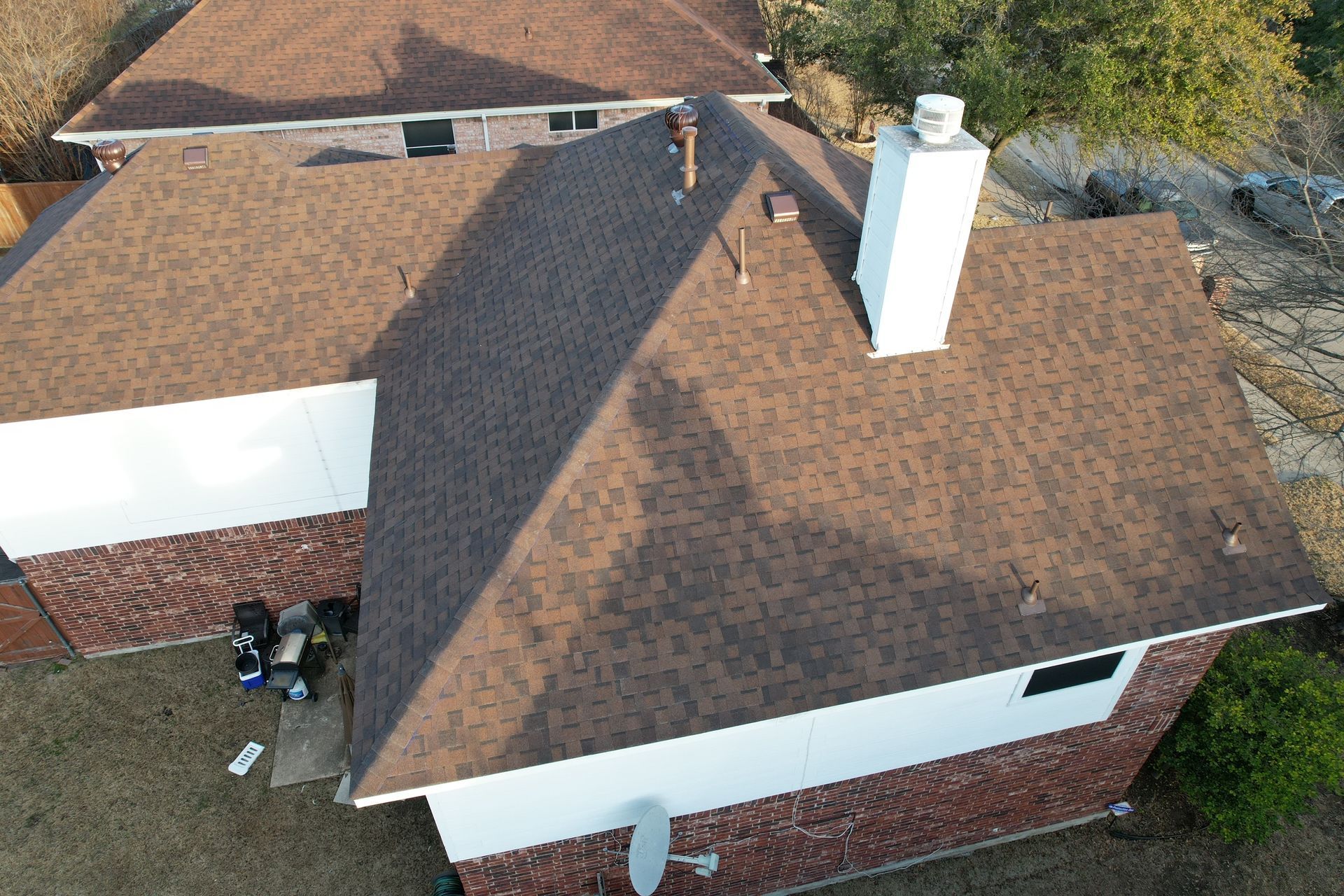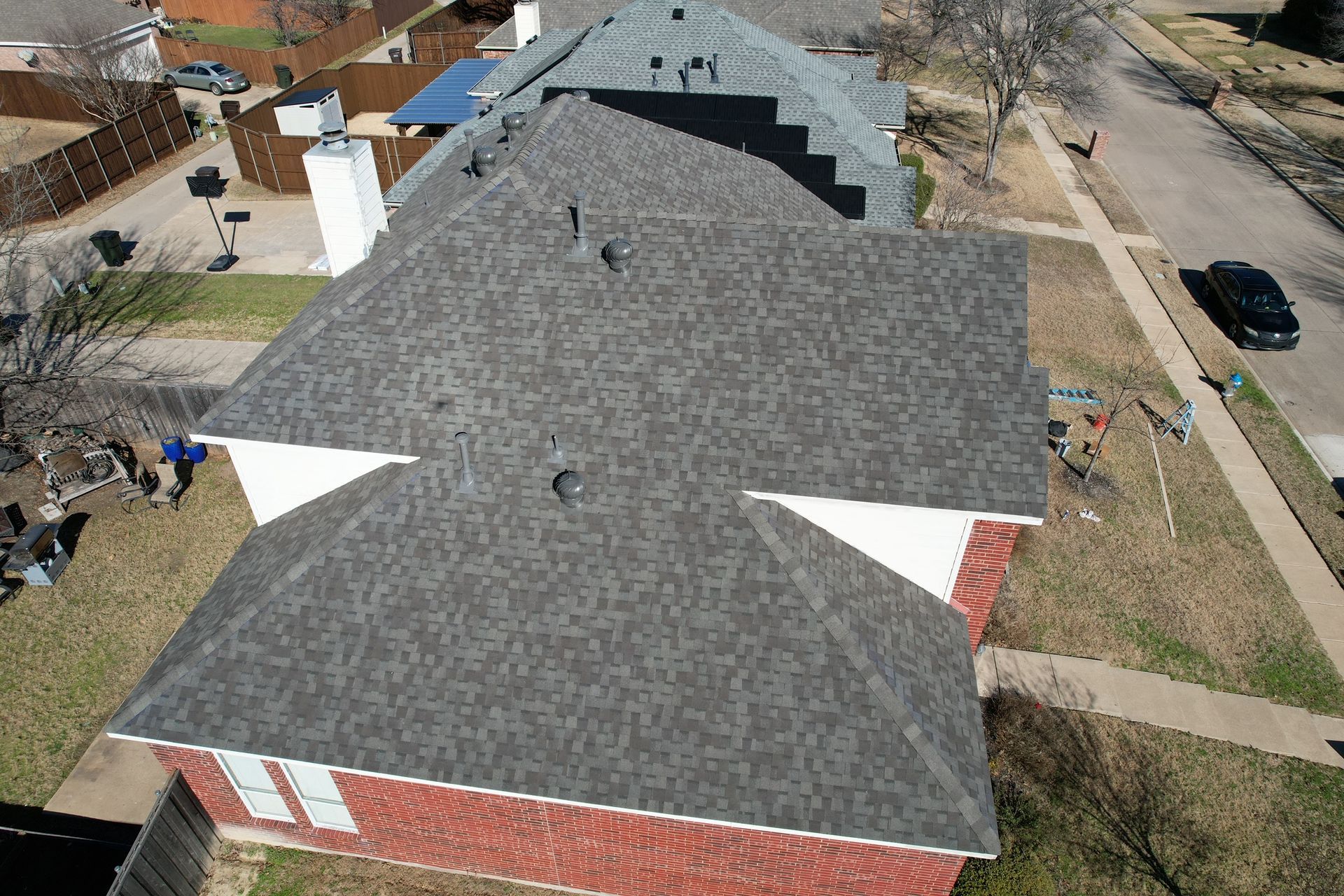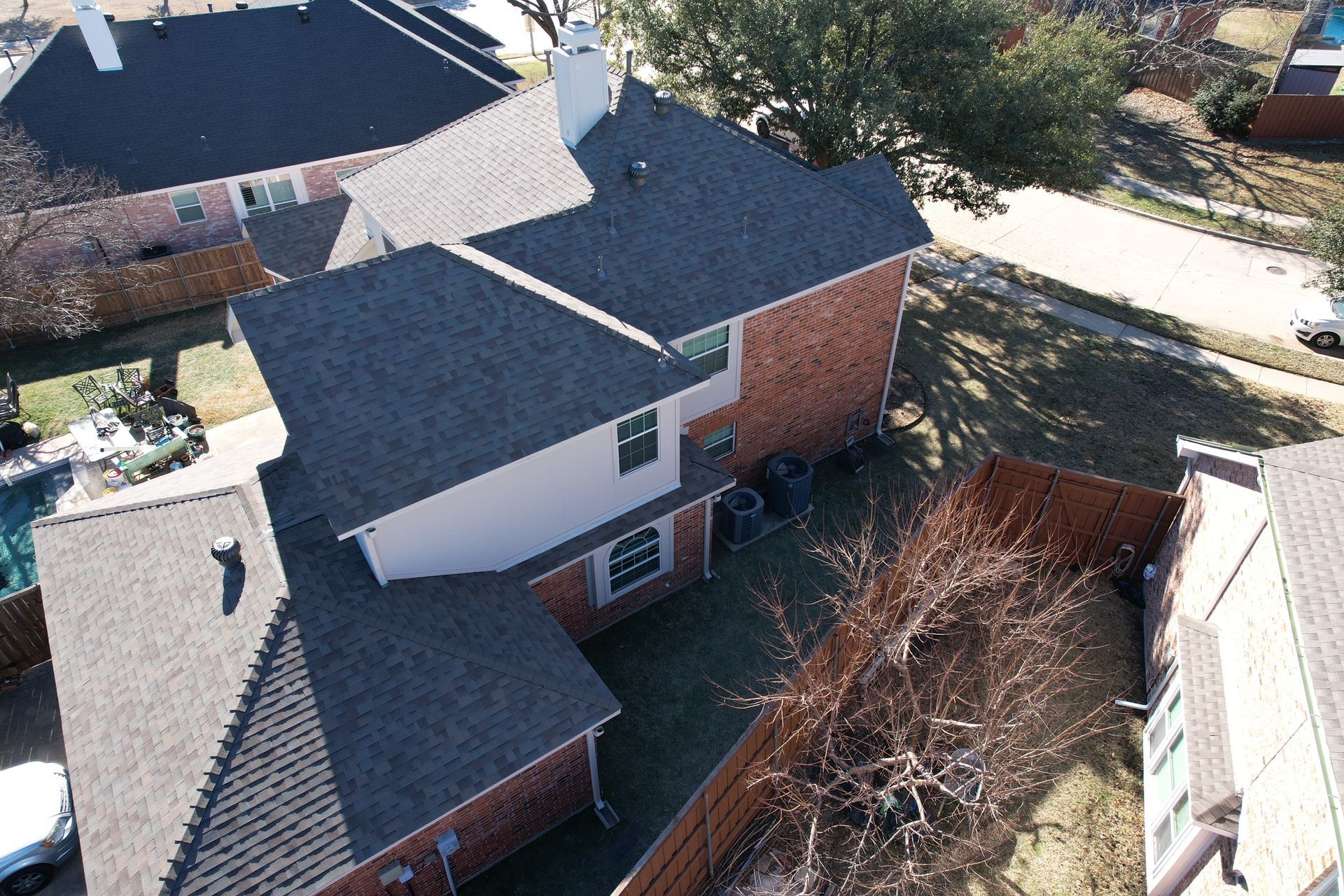Ten Most Common Leak Locations – A leaking roof can be a homeowner’s headache and cause water damage to ceilings and walls if the leak is not located and repaired quickly. Finding the source of a roof leak may be simple, but sometimes it can be difficult to determine where it originates because of weather conditions and the location of the leak. These tips for locating a roof leak and repairing it may help if you encounter that frustrating problem.
Diagnosing a roof leak to discover its source can be difficult because of several factors. Various weather conditions will cause a roof to leak in different areas. Most roof coverings follow the gravitational principle, which can be helpful in finding the source of a leak. All leaks are not that easy to find though. Horizontal roof boards can direct water up to 10 feet away and cause the wet spot on your ceiling to appear far from the actual leak source.
When it is hard to locate the source of a leak, you may need the assistance of someone watching from the inside while you spray the roof with a garden hose. If you would rather not climb up on your roof, you should get a trustworthy roofer to help you find the source of the problem. This can sometimes be as difficult as finding a tiny leak. Following are some tips to assist you in locating an annoying roof leak:
The Field of Shingles
An older roof may develop a leak in the expanse of shingles, shakes or slate. This area is called the roof field. Walking on an asphalt roof should not cause a problem, but you must be more careful when you walk on a slate, clay tile or concrete tile because the roofing may crack if you walk on it. Check the tops of the vertical knockouts looking for a spot with missing colored granules or cracks. A nail that has backed out of the roof sheathing can possibly be the source of the problem. Just be patient and thorough and you may locate your leak in this way.
Valleys
A valley is the line formed when two roof planes come together or intersect. The valley system we use here in Dallas is the closed valley. Shingles overlap where the 2 slopes come together at the valley with a valley underlayment beneath for an extra layer of protection. Metal valleys are used in some places, rolled roofing is used in some areas, and the shingles are just laced together in other places. If the shingles are not properly trimmed when they are installed, valleys can eventually produce leaks. The end of a shingle trimmed for a valley has a chisel point, and if a second cut to make this point resemble an arrow point is not made, water can leak into the house by traveling along the top of the shingles. The wrapper on the shingles explains how to make the second cut properly.
Head Wall Flashings
When a roof stops at a horizontal wall, a metal flashing should be directing water coming down the wall away from the shingles’ ending point. The flashing could be in front of a brick wall or behind wood siding and should extend at least three inches over the shingles. Flashing should bend and extend into a mortar joint one inch when the wall is masonry or brick. If you see tar, roofing cement or caulk used with these materials, it means there has been a leak that somebody attempted to fix with them.
Wall Step Flashing
At the point where a roof meets a vertical wall, you will see step flashings. When each row of shingles was installed, a step flashing was put next to the wall over the shingle and then covered by the next shingle row. You should only be able to see a tiny bit of the flashings if they were installed correctly. Check these flashings for holes or rust that might indicate the source of a leak.
Chimneys
Chimneys are a common source of leaks because they have four different types of flashing, and if those flashings or the counterflashing into the brick mortar were not correctly installed, a leak may occur in that area. Water can run behind the flashings if it finds even a tiny crack above them. Check the flashing for soldered corners that are broken or that have holes.
Plumbing Vent Flashings
Many of the newer vent flashings use a rubber seal with aluminum flashing, but the rubber may crack after 10 or 15 years. Check around plumbing pipes for cracked rubber. Flashing should go up under the shingles going up the roof from the plumbing vent, and the bottom of the flashing should cover the shingles and remain exposed.
Furnace or B-Vent Flashing
These flashings are like the plumbing vent flashings but frequently have a metal storm collar. The storm collars should be tight around the pipe coming out of the roof, and if they are loose, they may cause leaks.
Wind Blown Rain Leaks
Wind can drive rain up under your roofing even when your roof is in good condition. The tarpaper can help to prevent this problem. You can hem the hidden edges of metal valleys by bending them 180 degrees to create a channel for directing the windblown rain to the bottom of the valley. You can also put roofing cement under the shingles along the roof edge on the windy side of your house. Rain driven by wind can be very powerful and cause leaks in even the best roofs.
Non-Roof Leaks
What appears to be a roof leak can actually have another cause such as attic condensation. High humidity can be the cause of condensation and make it appear that rain is falling in your attic. It may also cause the underside of roof sheathing to seem wet. If a chimney crown acquires a crack, it may discolor the inside surface of the chimney or cause the plaster to bubble. If siding above a roof is missing, water may come in behind head flashings. These conditions may cause leaks from sources other than your roof, so you may have to do some real detective work to find the reason for your problem.
Looking for Leaks on Flat Roofs, Roofs With a Low Slope and Steep Roofs
The causes of roof leaks are numerous and can occur because of the inferior installation of the roof system, items dropped on the roof causing mechanical damage, failure of roofing material, problems with the HVAC, plugged up roof drains and various other situations. Leaks are more difficult to find when the source is a few feet away from the inside area showing water damage. For instance, if water enters a hole in your asphalt shingles, it runs along with the underlayment to another hole that could be several feet away. The water then runs on the decking top to a seam or a hole in the decking. Dropping down into the attic, it runs along the ceiling top to a seam or a hole in the plaster or drywall. When you have several layers of roofing on your building or a vapor retarder at the ceiling level, the distance that the water travels before you see it inside can be even greater. Locating a leak is sometimes more difficult than you think it should be. The following guidelines can help you. When the guidelines use the words “leak area,” they are referring to an area located within 10 feet of the leak.
Flat or Low-Slope Roofs
- Check the drains located close to the leak area. They may cause a leak if they are draining slowly or if they are plugged up. If they are plugged up, they are not waterproof because their purpose is for the water to flow through them downward only.
- Check material seams in the leak area to determine if adhesive or tar is properly adhered to. Gently run a pocketknife blade, or something similar, under any lap where you see adhesive sticking out. If it slides more than 1 inch under the lap, you should reseal the seam. If it slides in more than 2 inches, it is likely to be the cause of a leak.
- Check the roof carefully for problems like shrunken pitch pan filler, holes in metal flashings, deteriorated caulking or curling flashing flanges poking up through the membrane of the roof. Check all penetrations for possible problems.
- Check for punctured blisters on the roof.
- Check the expansion joint seams because they are frequently faulty.
- Walk along the leak area taking small steps with your feet close together, and turn in all directions to see if there are any splits. The roof will separate between your feet if there are any splits.
- When a leak is located close to the edge of a building, look for edge metal that has separated at the seams and torn the roof membrane.
- When debris sits on a roof for a while, it may hold water that encourages deterioration of the roof. Bird or rodent nests may be under debris piles on roofs, so check for problems in any areas where debris has been sitting.
- Do not be concerned about several leaks that may appear after an unusually heavy rainstorm. That is normal for most roofs when they have to handle a huge quantity of water in a short period.
- When you have carefully checked your roof without finding anything wrong, inspect the ceiling space or attic because you may have a plumbing problem instead. If you have a commercial building with fire sprinkler lines running along with the attic space, a leak in those lines could mimic a roof leak. If that is the problem, there may be leaks when it has not been raining.
- A poorly designed HVAC unit may have a faulty pan in it and allow water to get into a building when it rains.
Steep Roofs
- Check all the leak area penetrations for damage or holes.
- Check for nails that did not get covered by the next row of roofing material. When they are exposed for a while, they may rust and make a hole that could cause leaks. These nails are easy to spot because they shine, and roofers call them shiners.
- Damaged mortar can be the cause of leaks even though it is rare, so check the mortar on parapet walls and chimneys.
- Cracks along the tops of a stucco facade wall can be another source of leaks.
- When gutter details or edge details are improperly installed, they can cause water to back up over the fascia and run along the soffit. It can then run down along the inside of the wall and enter the building. Clear out any debris from the gutters and ensure that all drain details are working properly.
- When you have carefully checked your roof without finding anything wrong, inspect the ceiling space or attic because you may have a plumbing problem instead. If you have a commercial building with fire sprinkler lines running along with the attic space, a leak in those lines could mimic a roof leak. If that is the problem, there may be leaks when it has not been raining.
- A poorly designed HVAC unit may have a faulty pan in it and allow water to get into a building when it rains.
- Check for areas where leaves and branches gather or other debris accumulates because water flow may be blocked and back up under roofing material. This frequently occurs in valleys or behind chimneys.





